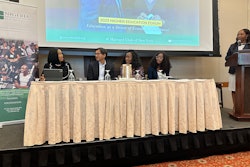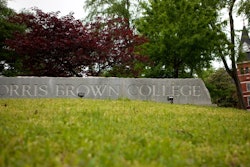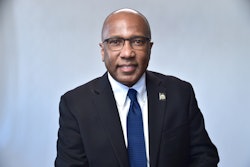The Black community needs to be more proactive about encouraging young African-Americans to take an interest in international education opportunities, such as study abroad.
I have argued that point among my colleagues in international education and in articles, including a previous column for this publication. In doing so, I join others like Dr. Johnnetta Cole, former president of Spelman and Bennett colleges; Connie Perdreau, former director of education abroad at Ohio University; and Karen Jenkins, past president of Brethren Colleges Abroad, in emphasizing the importance of international education for people of color. Although these individuals have been vocal about this, I believe the movement to increase the numbers of U.S. minorities studying abroad is moving at a snail’s pace.
The proof is in the numbers, which most international educators are well aware of.
According to the latest numbers from the Institute of International Education (IIE) and their “Open Doors” 2006 report, the percentage of Black American university students who studied abroad in the 2004-05 academic year was only 3.5 percent of the total number. During the 1993-94 school year, the first academic period of that report, the number of Black Americans reportedly studying abroad was 2.8 percent of the total study abroad population; not much of a change, I would say. The Hispanic numbers have not really changed; they accounted for 5 percent of U.S. study abroad students in 1993-94, and in 2004-05 their participation rose to 5.6 percent.
As an American-born student at the University of Pretoria, South Africa, I travel frequently between the United States and South Africa and other African countries, often in the company of American students who are giddy about their experiences in Africa. I am, quite frankly, sick of not seeing African-Americans among these groups. I applaud these groups of mostly White students for studying abroad, wish them well, and hope they continue their quests for adventure and knowledge of other countries. However, I am disappointed with my own community, the African-American community. I am disappointed that there are only one or two, if that many, Black faces in these groups of 20–25 American students heading to or from a study or volunteer abroad experience. I can count on one hand the number of non-White American faces I have seen on nearly 12 plane trips that I’ve taken over the past two and a half years of international travel.
This is just one illustration of the problem that most international educators know exists. We all know that we need to become even more serious and proactive about increasing underrepresented youth participation in international education programs. The question then is, how do we do this?




















